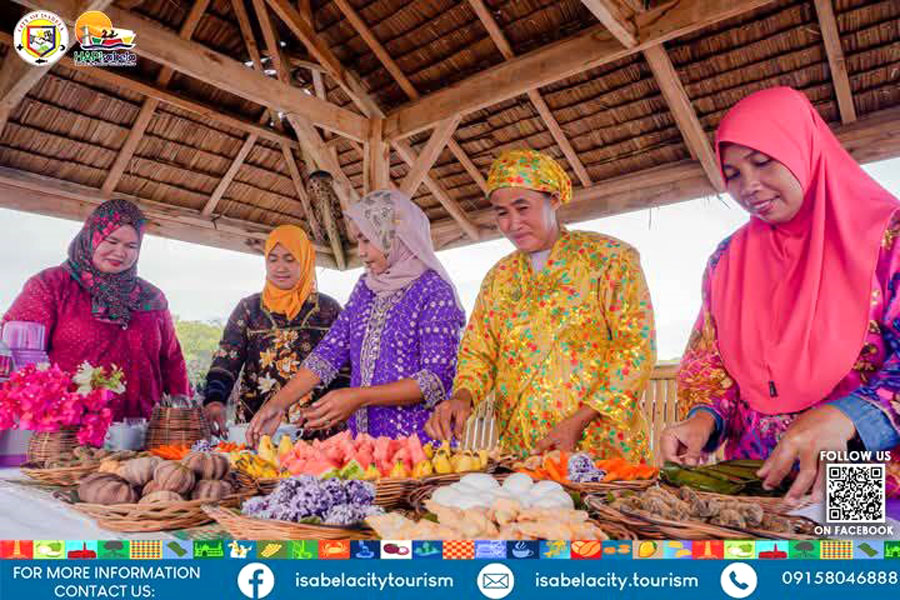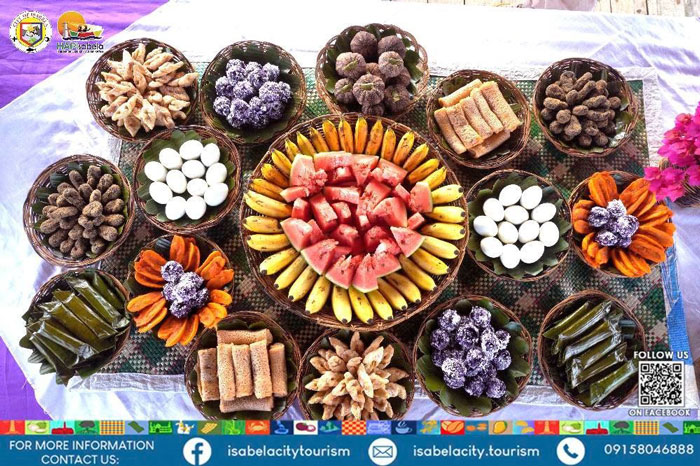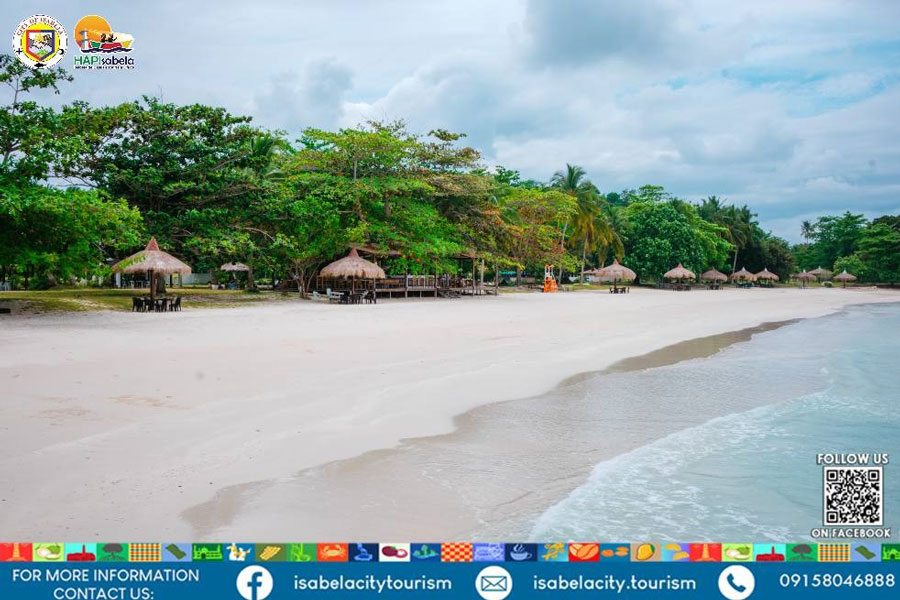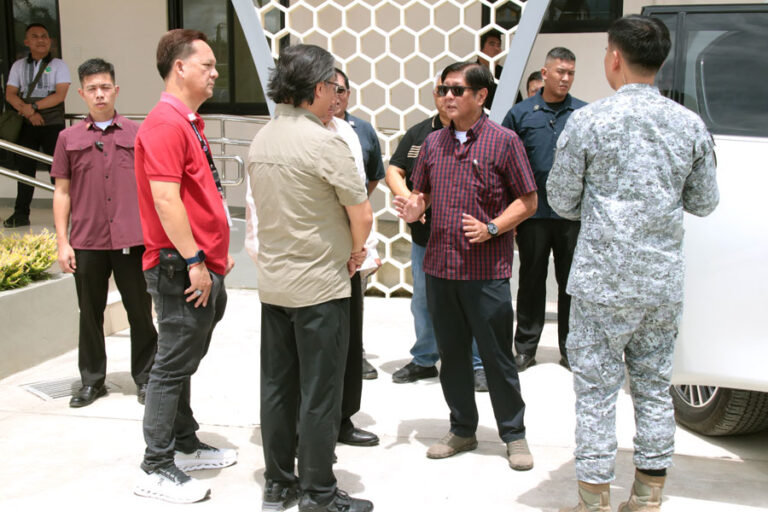
ONCE PERCEIVED through a lens of chaos and fear, the Isabela City de Basilan is now embarking on a transformative journey that challenges its troubled history.
In previous years, the city was widely regarded as unsafe due to frequent incidents of violence, including bombings and kidnapping. Constant warning alerts contributed to an atmosphere of fear and uncertainty. Potential visitors were hesitant to travel to the city, which negatively impacted its reputation and hindered its growth in terms of tourism and development.
These factors have long overshadowed the city’s potential, discouraging tourism and stunting economic development. Residents lived with the stigma of their hometown being synonymous with fear and instability, which hindered both personal and communal growth.
The local government of Isabela City, through the initiatives from its City Tourism Office, is turning tourism as a catalyst for change. Through well-coordinated programs, the city is showcasing attractions such as Malamawi Island, with its picturesque beaches, the newly discovered and acknowledged Marang-Marang Women’s Association and Community, and the scenic Lampinigan—all of which are drawing the interest of both local and foreign visitors.



Community involvement is at the heart of these initiatives, as residents actively promote their cultural heritage and tourism offerings.
Claudio Montebon Ramos II, city tourism officer, expressed that the image of Isabela City as a chaotic and fearful place is slowly being transformed through these tourism initiatives.
“Tourism allows us to highlight the city’s assets—our culture, our people, and our attractions—cultivating a sense of safety and community pride,” he said.
Recent data underscores the significant impact of tourism on Isabela City’s economy. Based on Isabela City Tourism data, a typical tourist spends about P4,337 per day during their visit. In 2024 alone, the estimated contribution of tourism to the city’s economy reached approximately P210,622,068, driven by a total of 48,564 visitors.
This influx of tourists has also created substantial employment opportunities. Isabela City Tourism has established 2,049 tourism-related jobs—including 1,252 for bangkeros, habal-habal, tricycle, and multicab drivers; 436 for community-based associations; and 361 in hotels, resorts, eateries, and restaurants.
Furthermore, the local economy benefits from tourism revenues such as the P755,710 generated by the Isabela City Park from March 2024 to April 2025.
The city’s efforts in promoting sustainable and cultural tourism have garnered accolades. Notably, the Marang-Marang Women’s Association was awarded the first ASEAN Community-Based Tourism Award in Zamboanga Peninsula, a recognition of excellence in sustainable tourism practices within the ASEAN region, and the only awardee from Mindanao in 2025.
In 2024, Isabela City achieved further recognition by winning the Grand Prize at the Global Culinary Travel Awards for Best Culinary Heritage Product/Experience for Travelers and securing 1st Place in the Department of Tourism’s Tourism’s Champion Challenge (TCC) for Mindanao.
While Isabela City is on a path toward revitalization, ongoing security challenges remain. The local government is actively addressing these concerns by implementing enhanced security measures, fostering community involvement, and maintaining open dialogues with stakeholders to ensure tourists’ safety and confidence.
Despite these hurdles, tourism is already producing positive results. Local businesses are thriving with increased visitor engagement—from culinary festivals to artisans gaining recognition for their crafts.
“Ginagamit natin ngayon ang turismo first to change the negative image of the happy city of Isabela de Basilan kasi meron at meron pa rin talagang natatakot na pumunta dito. Pero dahil sa turismo at dahil sa mga meron tayong mga cultural and tourism attraction, nababago natin ‘yong imahe na ayaw naman nating forever na naka attached sa ating city,” Ramos explained.
[We are currently using tourism primarily to change the negative image of the happy city of Isabela de Basilan, as there are still some people who are afraid to come here. However, because of tourism and the various cultural and tourism attractions we have, we are transforming the image that we don’t want to be permanently attached to our city.]
This revitalization is evident in the increasing sense of community pride and the collective effort to change perceptions—testaments to a city determined to embrace its potential and rewrite its narrative. With a robust tourism sector, Isabela City is not only overcoming its negative past but is also paving the way for a brighter, more prosperous future—one where its natural beauty, rich culture, and welcoming community shine through. (Leslie Rose Uyao)



